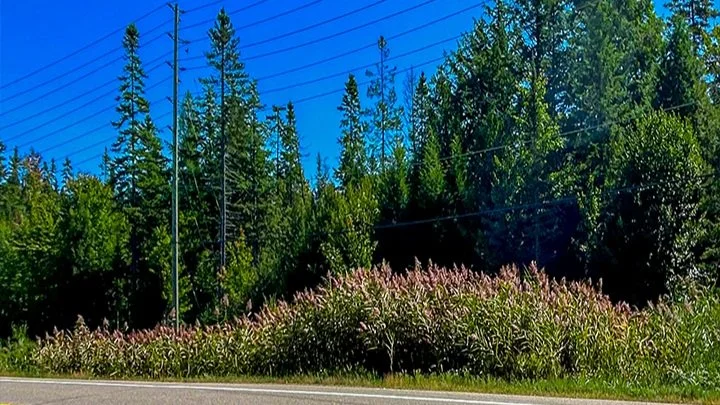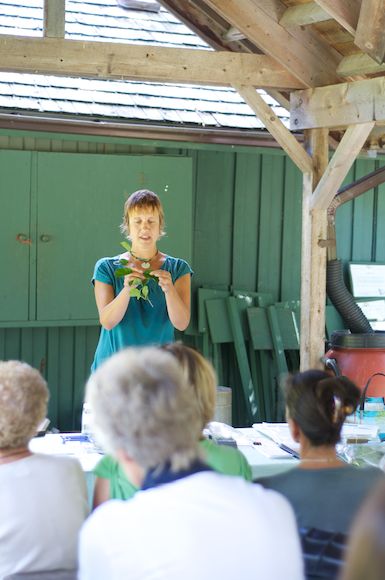Fleming College Receives $360,000 to Fight "Canada's Worst Invasive Plant"
/The money will go to fighting a highly prevalent aggressive reed commonly known as invasive phragmites.
FLEMING COLLEGE PHOTO

FLEMING COLLEGE PHOTO

Water Soldier
Communities along the beautiful and historic Trent-Severn Waterway may not know there is an invasive threat that has crept into the waterbody. The OFAH through its Invading Species Awareness Program wants to raise awareness about a portion of the Trent-Severn near the Hamlet of Trent River, which is home to the only known wild population of the invasive species known as water soldier in all of North America.
Water soldier is used as an ornamental plant in water gardens—the likely source of its introduction to the Trent Severn Waterway. Water soldier forms dense mats of floating vegetation, crowding out native species and decreasing plant biodiversity. It has the potential to alter surrounding water chemistry, which may harm phytoplankton and other aquatic organisms. It can also hinder boating and angling and its sharp, serrated leaf edges can cut swimmers.
It is the OFAH's goal to stop the spread of this plant to other locations. Throughout this summer, OFAH and MNRF staff are on the water monitoring and mapping the water soldier colonies, thanks to a $35,000-grant from the Invasive Species Centre, and supported by a Water Soldier Management Plan. OFAH is putting out a call to volunteers to join them August 7th for Water Soldier Watch Day and help them track and monitor this highly invasive plant. More deets in the poster below...

 Lakeland Alliance's Sue Prentice talks about the Dog-Strangling VineSue Prentice of the Lakeland Alliance lead an informative workshop, "Alien Invaders: Invasive Plant Species in Cottage Country", at Ecology Park on Sunday.
Lakeland Alliance's Sue Prentice talks about the Dog-Strangling VineSue Prentice of the Lakeland Alliance lead an informative workshop, "Alien Invaders: Invasive Plant Species in Cottage Country", at Ecology Park on Sunday.
Invasive plants species are usually ornamental plants that have been moved from their native habitat to a new area such as our local gardens. Due to their aggressive behaviour, they will overtake local plants and can cause economic, environmental, social or cultural damage.
Plants that have been found locally include the Common and Glossy Buckthorn, the Dog-Strangling Vine, The Norway Maple and recently brought to the spotlight, the Giant Hogweed.
Due to the 2009 Ontario cosmetic pesticides ban, we can't combat the plants with harmful toxins. But Sue Prentice gave suggestions on other methods of cutting them back (for example, being careful about what plants you put in your garden in the first place) and using something called soil solarization to prevent them from bothering you again. —Evan Holt
[Related: The Green Update: Invasive Species]
Tip us at tips@ptbocanada.com. Follow us on Twitter @Ptbo_Canada.
Upcoming Events
sponsored by
PTBOCANADA is a website about Peterborough, Ontario, Canada. Copyright ©2010-2022, PTBOCANADA Media Inc. All rights reserved.